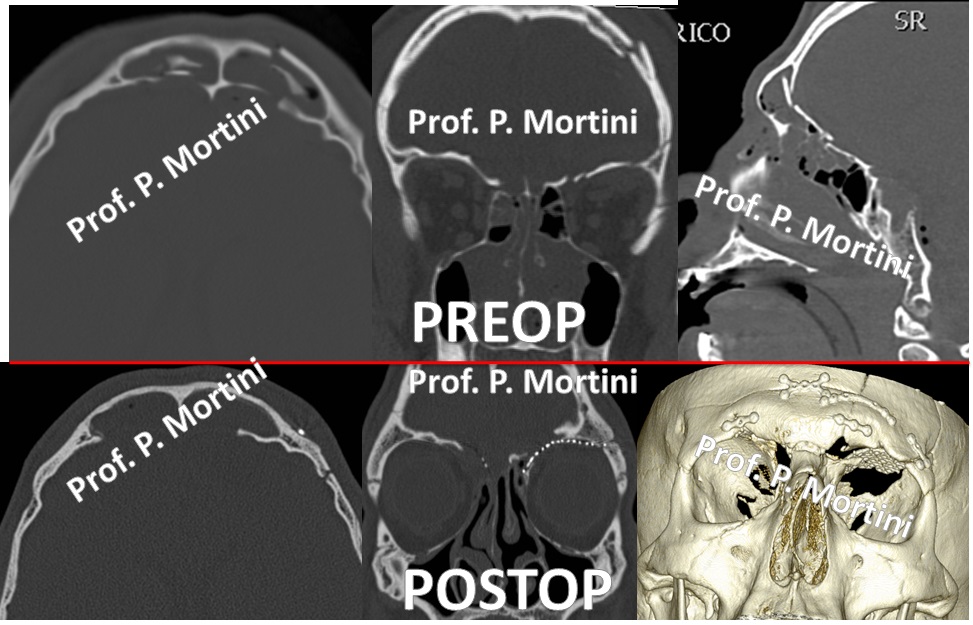A fracture is a partial or complete break in the bone. When a fracture occurs, it is classified as either open or closed:
• Open fracture: the bone exits and is visible through the skin, or a deep wound exposes the bone through the skin.
• Closed fracture: the bone is broken, but the skin is intact.
Fractures come in a number of different types:
• Greenstick – incomplete fracture. The broken bone is not completely separated.
• Linear. The break is in a straight line across the bone.
• Comminuted. The break is in three or more pieces.
Causes
Fractures occur when there is more force applied to the bone than the bone can absorb.
Skull fractures can occur from falls, trauma, or as a result of a direct blow or kick to the body.
A child’s bone differs from adult bone in a variety of ways:
• A child’s bone heals much faster than an adult’s bone. The younger the child, the faster the healing occurs.
• Bones are softer in children and tend to buckle or bend rather than completely break.
Symptoms
The following are the most common symptoms of a fracture. However, each child may experience symptoms differently. Symptoms may include:
• Pain in the injured area
• Swelling in the injured area
• Obvious deformity in the injured area
• Warmth, bruising, or redness in the injured area
Diagnosis
The physician makes the diagnosis with physical examination and a head CT scan. Diagnostic procedures may include:
• X-rays
• Magnetic Resonance Imaging (MRI)
• Computed Tomography Scan (Also called a CT or CAT scan).
Skull fractures are best detailed using CT scans, including three dimensional reconstruction views.
Treatment
Specific treatment for a fracture will be determined by the physician based on:
• The patient’s age, overall health, and medical history
• Severity of the fracture
• Type of fracture
• Expectations for the course of the fracture
The goal of skull fracture treatment is to control the pain, promote healing and prevent complications.
An open fracture (one in which the bone exits and is visible through the skin, or where a deep wound exposes the bone through the skin) is considered an emergency that need immediately request for medical support.
Treatment may include:
• Medication (for pain control)
• Surgery
 English
English Italiano
Italiano